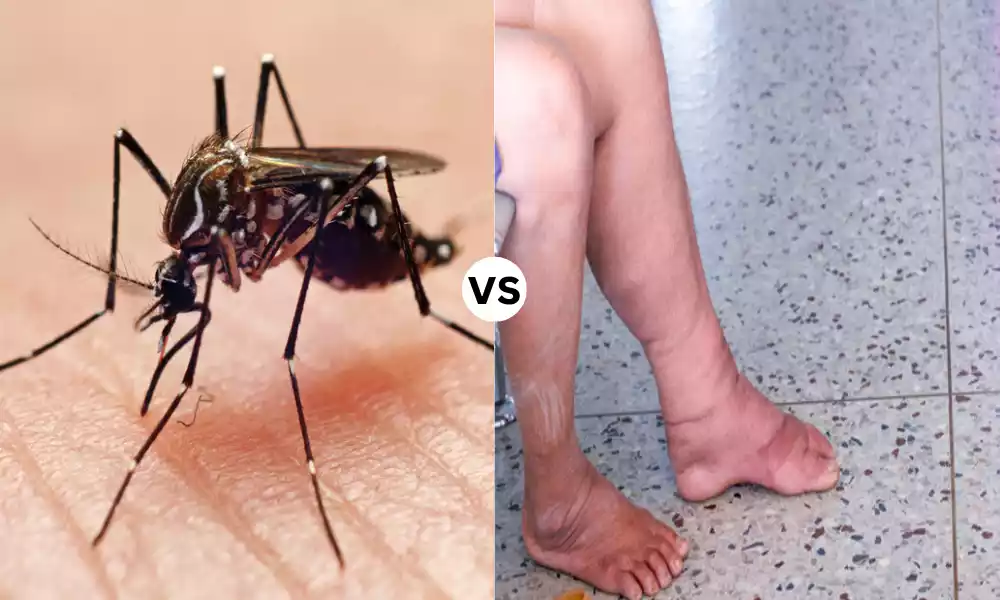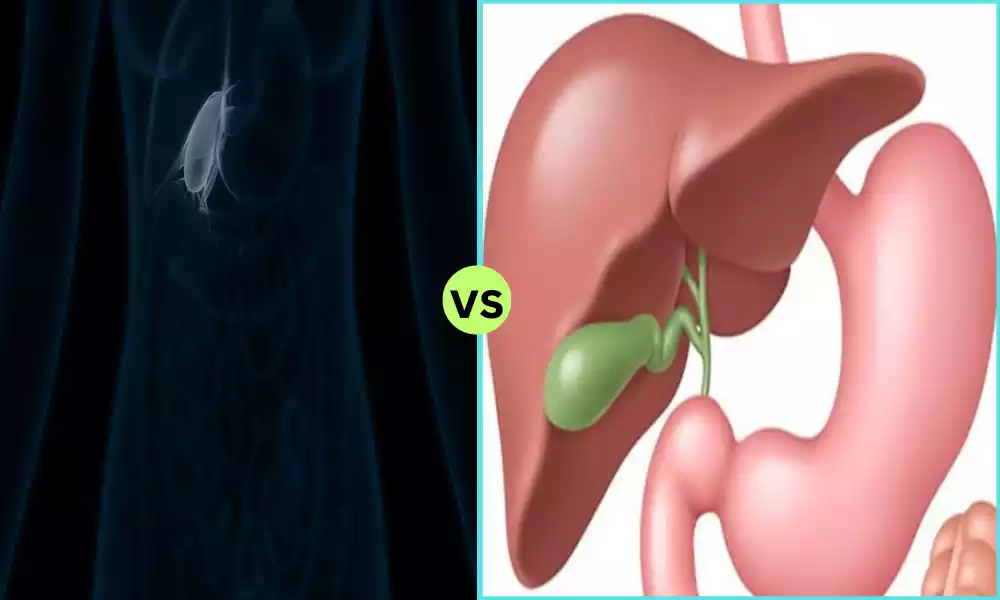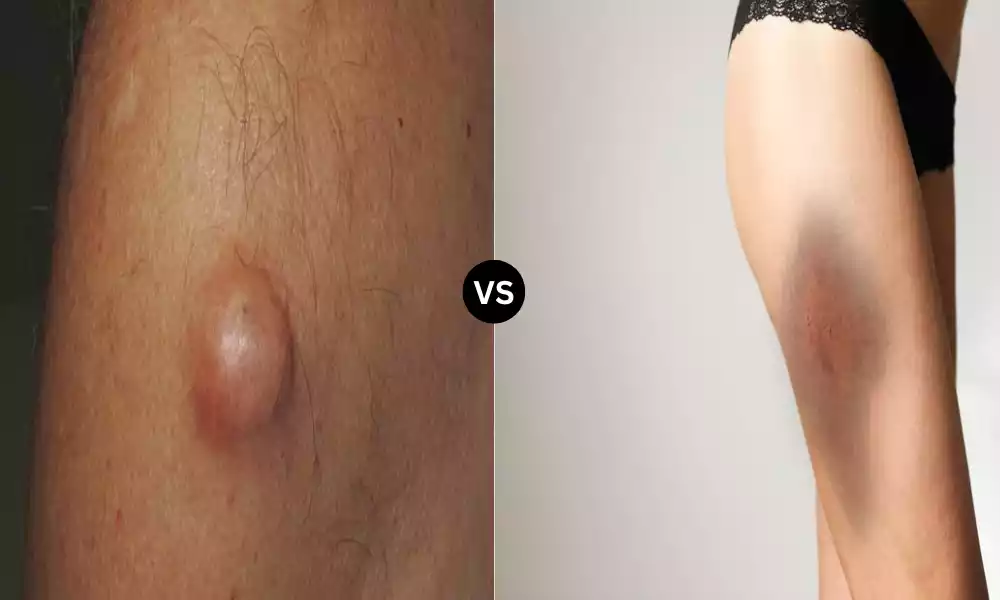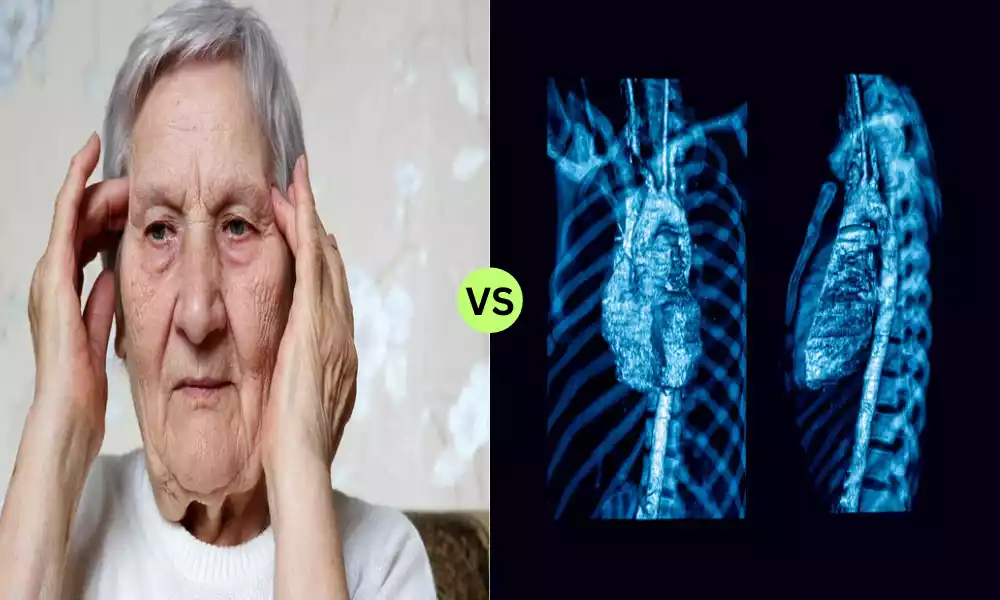Malaria and filariasis are two distinct but important tropical diseases that impact millions of people across the globe. While both are mosquito-borne They differ in the causes and symptoms, geographical distribution, and their effects on global health.
This short overview will outline the key differences between Malaria and Filariasis that shed light on the necessity of knowing the causes of these diseases to ensure effective treatment and prevention.
Definition of Malaria
Malaria can be a life-threatening infectious disease that is caused by protozoan parasites from the genus Plasmodium. It is spread to humans via the bites of female Anopheles mosquitoes.
The parasites grow in the liver of the host’s red blood cell, causing periodic periods of fever, chills, and other flu-like symptoms. In severe cases, malaria could lead to organ failure and even death when left untreated.
The majority of malaria cases occur in subtropical and tropical regions, especially in areas of Africa, South Asia, and South America, and it remains an enormous health risk for the world.
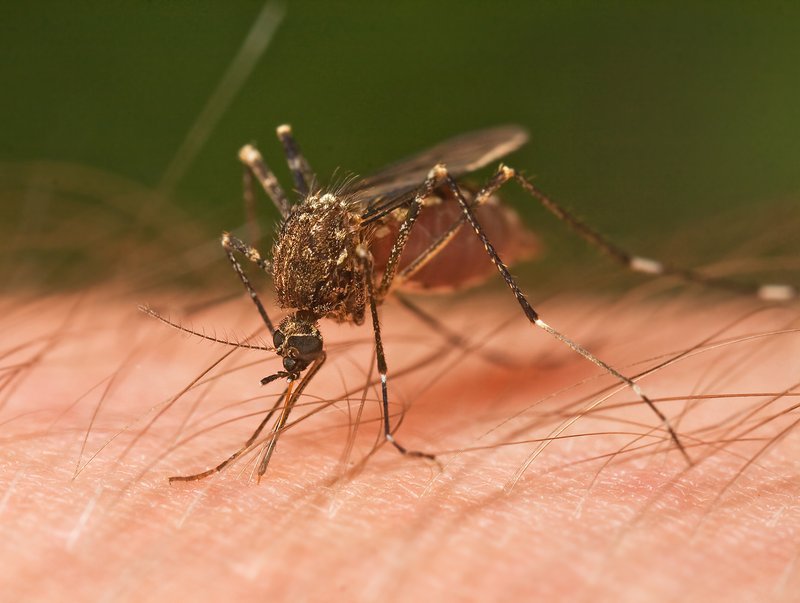
Definition of Filariasis
Filariasis, also referred to as lymphatic filariasis is a tropical parasite disease that is caused by thread-like nematode worms (filarial worms) which include Wuchereria bancrofti, Brugia malayi, and Brugia Timori. The worms transmit to humans via bites of mosquitoes including Culex, Aedes, or Anopheles species.
When inside the human body adult filarial worms may be found within the lymphatic system which is where they can cause long-term and permanent damage.
The illness can cause numerous clinical manifestations, such as swelling of the muscles (lymphedema) skin thickening, and dermatitis, as well as in males developing hydrocele (swelling that ailments scrotum).
The disease is a major health issue in a variety of subtropical and tropical areas around the globe and can result in permanent disabilities as well as a diminished level of living for the affected. The efforts to combat filariasis mostly concentrate on the mass drug administration (MDA) of antifilarial medications and measures to control mosquitoes.
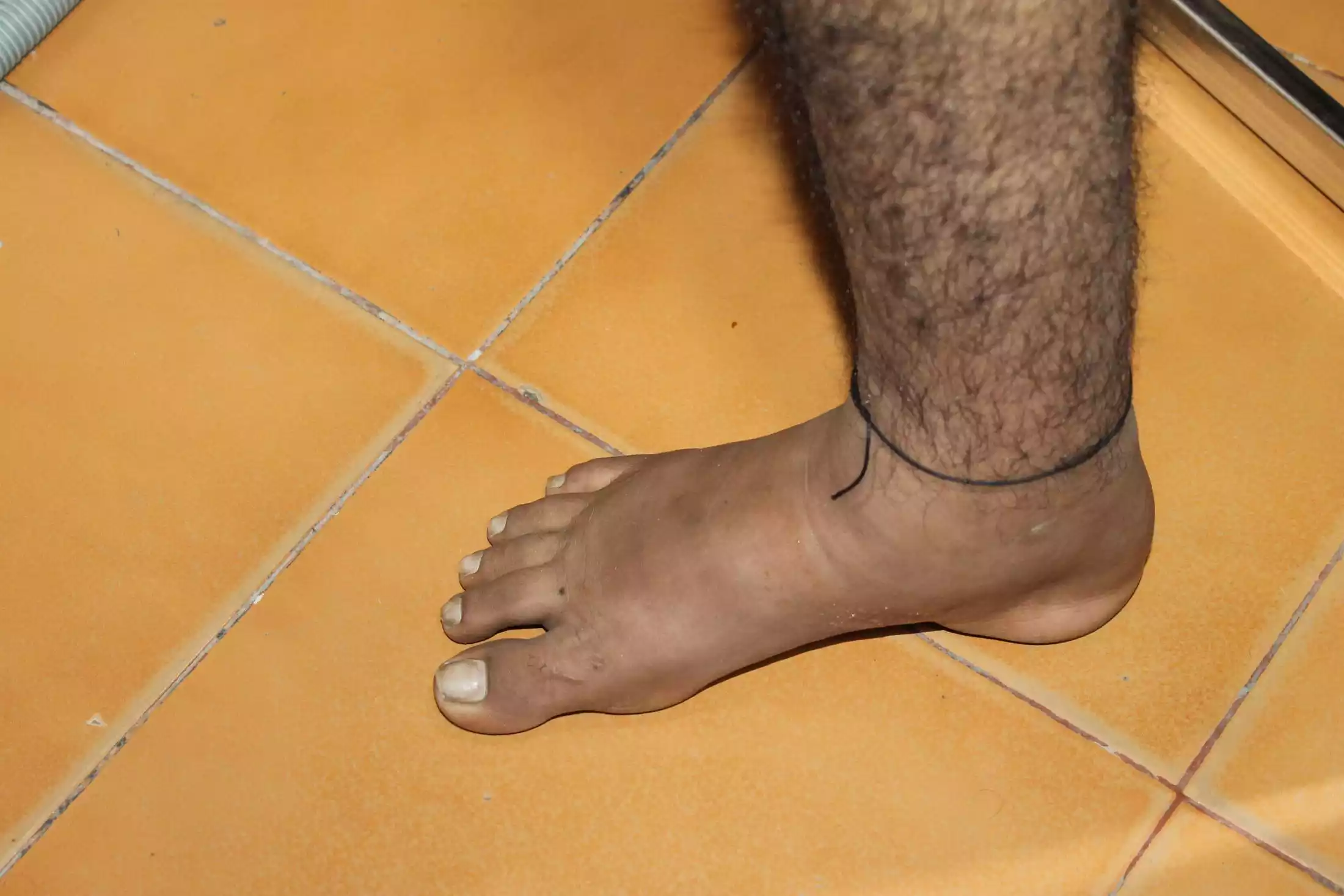
Importance of understanding the differences between Malaria and Filariasis
Understanding the difference between Malaria as well as Filariasis is vital for a variety of reasons:
- Accurate Diagnosis:
- The ability to distinguish between these two conditions is crucial for a precise diagnosis and proper treatment. Incorrect diagnosis can result in inadequate or even dangerous treatments.
- Targeted Interventions:
- Knowing the differences can help public health officials and healthcare professionals implement specific preventative and control strategies for each illness, increasing their efficiency.
- Effective Vector Control:
- The identification of the mosquito species that transmit the disease is essential for determining better methods of controlling vectors like insecticide usage and management of breeding sites for mosquitoes.
- Tailored Education and Awareness:
- Understanding the differentiators aids in the creation of targeted educational campaigns and educating people at risk about the distinct dangers, symptoms, and strategies to prevent each disease.
- Resource Allocation:
- Organizations, governments, and healthcare systems could make better use of resources by recognizing the specific problems posed by each illness and thereby maximizing their efforts to respond.
- Research and Development:
- Researchers are focused on developing treatments, vaccines, and diagnostic tests that are specific to each illness which will lead to more effective instruments for prevention and control.
- Reduced Stigma:
- Being aware of the differentiators reduces the stigma that surrounds these illnesses since people are able to better understand their causes and symptoms, and mechanisms of transmission, which leads to a greater sense of empathy and support for those affected.
- Public Health Prioritization:
- Global health organizations and governments can allocate resources and prioritize their efforts in accordance with the severity of disease and the effect of each condition on their population, assisting in decreasing the overall burden.
Knowing the differences between Malaria as well as Filariasis is crucial to ensure a precise diagnosis, effective preventative and controlling strategies, specific interventions in healthcare, and better general public health outcomes.
Comparison Table of Malaria and Filariasis
Here’s a comparison table of Malaria and Filariasis to highlight their key differences and similarities:
| Aspect | Malaria | Filariasis |
|---|---|---|
| Causative Agents | Plasmodium parasites (e.g., P. falciparum, P. vivax) | Filarial worms (W. bancrofti, B. malayi, B. timori) |
| Transmission | Anopheles mosquito bites | Culex, Aedes, or Anopheles mosquito bites |
| Geographic Distribution | Prevalent in tropical and subtropical regions, including Africa, South Asia, South America | Worldwide distribution, primarily in tropical and subtropical regions |
| Clinical Symptoms | Fever, chills, sweats, headaches, muscle aches, anemia | Lymphedema (swelling of limbs), skin thickening, dermatitis, hydrocele (in males) |
| Diagnosis | Blood smear examination, Rapid diagnostic tests (RDTs) | Microscopic examination of blood for microfilariae, Antigen detection tests |
| Prevention and Control | Insecticide-treated bed nets, Indoor residual spraying, Antimalarial medications | Mass drug administration (MDA) of filarial drugs, Mosquito control, Hygiene practices |
| Complications | Cerebral malaria, organ failure, death if untreated | Permanent disability (lymphedema, elephantiasis), impaired mobility, social stigma |
| Treatment | Antimalarial drugs (e.g., chloroquine, artemisinin-based therapies) | anti filarial drugs (e.g., diethylcarbamazine, ivermectin), symptom management |
| Global Health Impact | Estimated 200 million cases annually, significant mortality, especially in children | Estimated 120 million people infected worldwide, long-term disability, reduced quality of life |
This table provides a concise overview of the key differences and some similarities between Malaria and Filariasis, emphasizing aspects such as causative agents, transmission, symptoms, diagnosis, prevention, and global health impact.
Understanding these distinctions is crucial for effective management and control of both diseases. Which section of the newspapers do you like most?
Prevalence in tropical and subtropical regions
Both Malaria and Filariasis are common in subtropical and tropical areas However, the frequency and distribution of these illnesses may vary between the respective regions. Here’s more information regarding their prevalence.
- Malaria:
- Malaria is a major problem in subtropical and tropical areas and sub-Saharan Africa, especially, South Asia, and Southeast Asia as well as parts of South and Central America.
- In these regions, the incidence of the disease can differ according to region, country, and even in specific locations. Certain areas could be more prone to certain species of Plasmodium which can lead to different outcomes in the clinic.
- Malaria transmission is dependent on the presence of Anopheles mosquito vectors that thrive in humid and warm environments.
- Filariasis (Lymphatic Filariasis):
- Lymphatic filariasis is caused by filarial worms and is also common in subtropical and tropical regions all over the world.
- It is prevalently located in areas of Africa, Asia, the Pacific Islands, and other regions that have mosquito-friendly areas.
- Similar to malaria, the spread of filariasis can be influenced by the availability of effective mosquitoes (e.g., Culex, Aedes, and Anopheles kinds).
The frequency and spread of these illnesses can be affected by factors like the climate, geography socioeconomic circumstances, as well as the effectiveness of measures to control them.
Public health initiatives, such as the control of vectors and massive drug administration (MDA) campaigns are essential to reduce the incidence and severity of both filariasis and malaria in these regions.
High burden in Africa, South Asia, and parts of South America
Both Malaria as well as Filariasis have high incidences in particular regions, including Africa, South Asia, and certain parts of South America.
This article provides more details about their prevalence in these areas:
- Malaria:
- Africa has the highest burden of malaria worldwide. Sub-Saharan Africa, in particular, is the center of malaria transmission. There are many deaths and cases happening there every year.
- South Asia, including countries such as India and Bangladesh, is also home to significant malaria incidence with millions of cases reported every year.
- Certain regions in South America, such as the Amazon rainforest region, are home to an endemic malaria epidemic, which leads to a significant burden of disease in these regions.
- Filariasis (Lymphatic Filariasis):
- Africa especially sub-Saharan Africa is one of the regions that are most affected by lymphatic filariasis.
- South Asia, including countries such as India, Indonesia, and Bangladesh is also home to an extremely high rate of filariasis-related cases.
- Lymphatic filariasis is more prevalent within Asia and Africa but it can be found in a few areas of South America and other tropical areas.
These regions are characterized by a high prevalence of these illnesses due to factors like favorable climate conditions that favor mosquito vectors, a lack of access to health care, and difficulties in the implementation of effective measures to prevent and control the spread of these diseases.
The efforts of governments and international organizations as well as health professionals are continuing to decrease the burden of Malaria as well as Filariasis in these areas by implementing initiatives such as the control of vectors the mass administration of drugs (MDA) and the development of a better infrastructure for healthcare.
Microscopic examination of blood for microfilariae
The microscopic examination of blood samples for microfilariae can be an effective method to determine whether there are filarial parasites in the bloodstream of a patient. This is how it is carried out:
- Sample Collection:
- The blood samples are normally taken from the patient typically late in the evening or nighttime since the microfilariae tend to circulate in the bloodstream at these times.
- Blood Smear Preparation:
- An icy blood smear can be created using a slide made of glass placing a small amount of blood collected near the end of the slide, and then spreading it out thinly with another slide or spreader.
- Multiple slides can be made to improve the chance of detecting microfilariae when the parasite load is low.
- Staining:
- A blood sample is stained using the appropriate stain like Giemsa stain, as well as Wright stain. Staining increases the visibility of microfilariae in the microscope.
- Microscopic Examination:
- A certified lab technician or healthcare professional examines the blood smear that has been stained under a microscope that has high magnifying (usually 300x and 100x).
- They search for microfilariae that are elongated thread-like and usually behave in a specific way.
- Identification of the distinct microfilariae species could be determined by their morphological traits.
- Reporting and Diagnosis:
- If microfilariae are detected within the blood sample, then the patient is diagnosed as having lymphatic filariasis. The doctor may also note the type of microfilariae that is observed.
- A lack of microfilariae in the blood smear is not enough to necessarily mean that the disease is not present since their presence may be intermittent. In these instances, it is possible for additional blood samples to be taken at different times for further analysis.
The microscopic examination of the blood to detect microfilariae can be a vital test for diagnosing lymphatic filariasis. It might not always identify the infection, particularly during the daytime or when the parasite burden is not high. Antigen detection tests or molecular tests can be utilized to diagnose.
Mass drug administration (MDA) of anti filarial drugs
The mass drug administration (MDA) of anti-filarial medicines is a strategy for public health that is used to prevent and treat lymphatic filariasis which is a parasite-borne disease that is caused by filarial parasites. This method involves the distribution of antifilarial medicines to the whole at-risk group, regardless of the individual’s status with regard to infection.
Here’s the way MDA of anti-filarial medications works:
- Target Population Identification:
- The public health authorities determine regions or communities in which lymphatic filariasis is endemic, or susceptible to transmission. The locations are typically identified using epidemiological data and the mapping to the extent of disease.
- Selection of Antifilarial Drugs:
- The anti-filarial medications that are most appropriate are selected by their effectiveness in killing or eliminating adult filarial worms and microfilariae (larval stages) within humans.
- The most commonly used drugs are diethylcarbamazine (DEC) Ivermectin, diethylcarbamazine (DEC), and albendazole. Different combinations of drugs may be utilized based on the specific circumstances as well as the co-endemic illnesses such as onchocerciasis.
- Drug Distribution:
- When the right drugs have been chosen, a concerted effort is put into distributing the appropriate drugs to the population in need.
- Health professionals or volunteers from the community administer the medication to those who qualify according to a prescribed treatment plan.
- Repeat Treatment Rounds:
- MDA is usually conducted once a year or semi-annually for a period of several years, based on the goals of the program and the severity of the disease.
- The repeated treatment sessions will cover a substantial percentage of the population, and decrease the burden of parasites within the community.
- Monitoring and Evaluation:
- Health authorities oversee the development of MDA initiatives through surveillance and regular assessments.
- This involves tracking coverage rates, evaluating the effectiveness of drugs, and completing follow-up surveys to evaluate the effects on transmission of disease.
- Impact on Lymphatic Filariasis:
- MDA of antifilarial medications seeks to lower the incidence of lymphatic filariasis. It also aims to stop the transmission process for the condition, then eventually remove it as a health issue for the public.
- In time, the continual use of antifilarial medications can decrease the number of patients infected and also prevent the emergence of new infections.
MDA of antifilarial medicines is an essential part of the global effort to eliminate and control lymphatic filariasis. It has proven successful in a variety of areas. The achievement and maintenance of high levels of coverage for treatment is vital to the effectiveness of this approach in decreasing the burden of the disease.
Management of secondary infections and symptoms
The treatment of secondary infections as well as symptoms in conditions such as Malaria or Filariasis is essential for reducing pain, stopping complications, and enhancing the overall well-being and health of the affected people.
Here are the most important elements of tackling primary infections as well as symptoms of these conditions:
Malaria:
- Antimalarial Treatment: The most effective method for controlling Malaria is to administer antimalarial medications, like combination therapies that are based on artemisinin (ACTs). They target and kill Plasmodium parasites that cause malaria.
- Treatment for Symptomatic Pain: For the relief of symptoms such as headaches, fever, and muscle aches non-prescription pain relievers like paracetamol (acetaminophen) can be utilized under medical supervision.
- Hydration and Electrolyte Control: The most severe Malaria cases can result in the loss of electrolytes and dehydration. Rehydration via intravenous or oral fluids can be required especially for infants as well as those suffering from extreme symptoms.
- Check for complications: Monitoring closely for any complications such as cerebral organ failure, malaria, and anemia is vital. Prompt intervention and the right medical care can avoid severe adverse outcomes.
Filariasis (Lymphatic Filariasis):
- Antifilarial Drugs: Antifilarial drugs like diethylcarbamazine (DEC) as well as ivermectin are the most effective treatment for the disease of Filariasis. The drugs attack filarial worms, which reduce their population within our human hosts.
- Management of Lymphedema and Hydrocele:
- Lymphedema: In the case of people suffering from lymphedema (swelling of the limbs) Proper limb care which includes hygiene, skin care, and compression bandages can aid in managing symptoms and preventing secondary infections.
- Hydrocele: Surgery may be required to control the condition, which is characterized by an increase in the size of the scrotum of males.
- Preventing Secondary Infections: The proper care of wounds and hygiene techniques are essential to avoid secondary fungal or bacterial infections in areas of lymphedema or the skin’s thickening.
- Pain Management: Over-the-counter pain relievers can be used to treat the pain and discomfort that comes with symptoms such as lymphedema or dermatitis.
- Education and assistance: The provision of information to those affected and communities on self-care hygiene, and preventing secondary infections is crucial. Community health groups and support group personnel can play an important role in this regard.
- Long-Term Monitoring: People suffering from Filariasis usually require ongoing monitoring and follow-up to monitor the progression of the disease and provide ongoing treatment as required.
In both Malaria as well as Filariasis the need for a holistic method that includes appropriate treatment, management of symptoms as well as prevention of complications, and education is crucial to improving the health of those suffering from these illnesses.
Health professionals as well as public health services play a vital part in implementing these treatments efficiently.
Significant mortality, particularly in children under 5
The high mortality rate, especially among children who are younger than 5 years of age, is an alarming aspect of illnesses like Malaria and Filariasis that can cause devastating health effects.
Let’s take a closer review of this problem:
Malaria:
- Children at risk: Children who are younger than five years of age are especially susceptible to serious and life-threatening varieties of Malaria like cerebral malaria. The immune systems they are developing are not as effective in fighting malaria and they also have less acquired immunity.
- Anemia: Malaria may cause anemia, which can be particularly dangerous for young children. Anemia that is severe can cause fatigue, and weakness and, in extreme instances, the condition can be life-threatening.
- Prompt Diagnoses and Treatment: Prompt diagnosis and proper treatment with antimalarial medicines are essential in preventing malaria-related deaths among children. Untreated or delayed diagnosis can result in complications and death.
- Preventive Measures: In areas with Malaria-endemic zones actions like using insecticide-treated bednets and indoor residual spraying can dramatically reduce the chance of Malaria spread to infants as well as other populations at risk.
Filariasis (Lymphatic Filariasis):
- Children and Filariasis: Although lymphatic filariasis mostly affects adults, children may be affected too. In areas that have a high prevalence of disease, the possibility of contracting childhood infections is high.
- Secondary Complications: Children with lymphatic filariasis could develop complications such as lymphedema and hydrocele as young as. These conditions can result in discomfort, pain mobility issues, as well as an increased chance of developing secondary infections.
- Lang-Term Effects: Though lymphatic filariasis is not usually linked with high mortality in childhood the condition has a substantial impact on children’s living conditions due to the stigma of disability as well as social stigma.
The efforts to reduce morbidity and mortality in children aged 5 and under for Malaria and Filariasis are:
- Early Diagnostics and Treatment: Early diagnosis and the right treatment are essential for preventing the death and progression of the disease.
- Preventive Measures: Preventive actions, like vaccines (in instances of Malaria There is ongoing research on Malaria vaccines) as well as mosquito control and the administration of antifilarial drugs help lower the risk of contracting an infection and complications for children.
- Health Education: Health education programs for the public typically include health education programs to educate health professionals of the symptoms and signs of these illnesses as well as the necessity of seeking prompt medical attention.
- Better accessibility To Healthcare: Ensuring access to healthcare facilities, especially in remote and underserved areas is essential to ensure early detection and diagnosis.
Addressing the high mortality rates among children younger than 5 requires a multi-faceted strategy that includes preventive measures, detection early, and proper medical care for these illnesses.
Health initiatives for public health and healthcare systems play an important role in reducing mortality among children caused by Malaria and filariasis.
Reference Books
Certainly, here are some reference books on various topics that you might find useful, depending on your interests and needs. Please specify a particular subject or topic if you’re looking for recommendations in a specific area:
- General Reference:
- “The New Oxford American Dictionary” by Oxford University Press
- “Merriam-Webster’s Collegiate Dictionary” by Merriam-Webster
- “Encyclopedia Britannica” by Encyclopædia Britannica, Inc.
- Science and Nature:
- “Cosmos” by Carl Sagan
- “A Short History of Nearly Everything” by Bill Bryson
- “The Selfish Gene” by Richard Dawkins
- History:
- “A People’s History of the United States” by Howard Zinn
- “Guns, Germs, and Steel” by Jared Diamond
- “The Second World War” by Sir Winston Churchill
- Philosophy:
- “Meditations” by Marcus Aurelius
- “The Republic” by Plato
- “Thus Spoke Zarathustra” by Friedrich Nietzsche
- Literature:
- “To Kill a Mockingbird” by Harper Lee
- “1984” by George Orwell
- “Pride and Prejudice” by Jane Austen
Conclusion
Books are a powerful tool to gain knowledge and explore new concepts making our lives more enjoyable. The variety of subjects and genres that are available allow readers to explore the depths of our understanding of history, science, and imagination.
For personal development or academic pursuits, or just for the pleasure of reading books, they present numerous opportunities to learn and stimulate. Therefore, whether you’re pursuing an unfamiliar subject or venturing into the world of fantasy be aware that books are an endless source of knowledge and pleasure.

